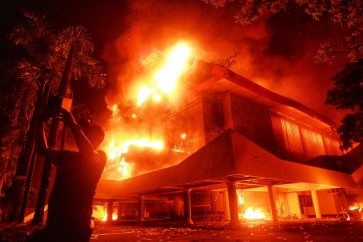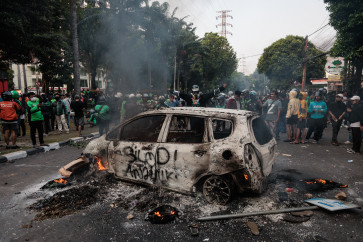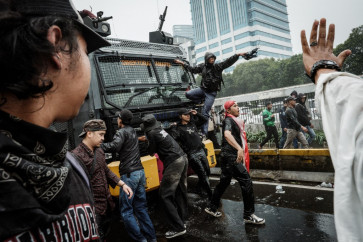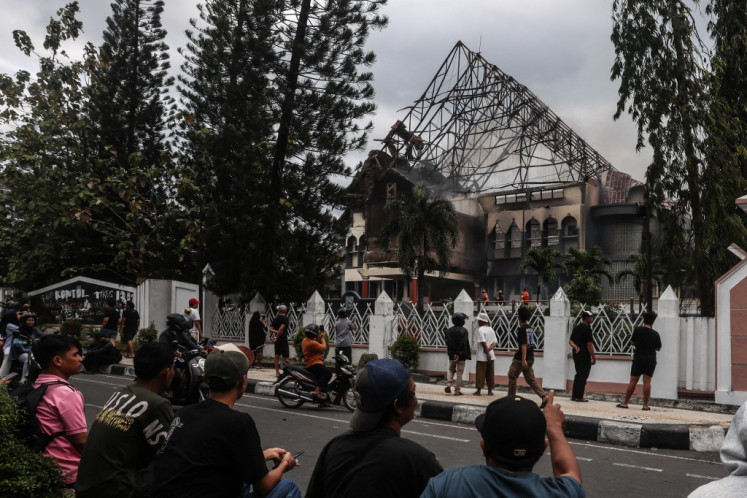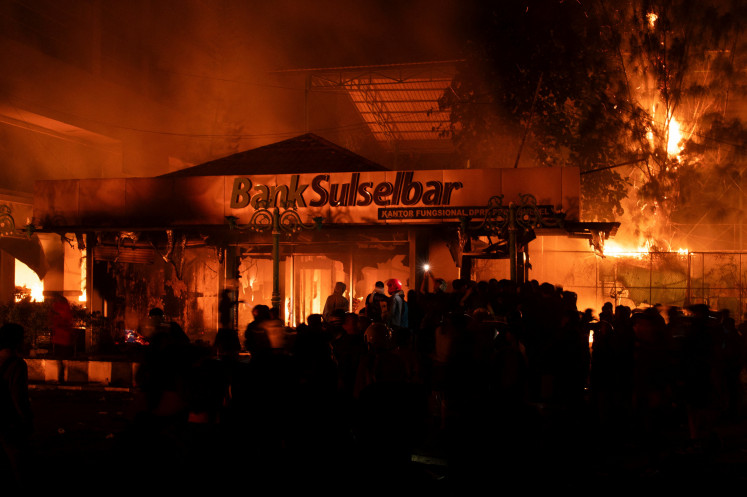Popular Reads
Top Results
Can't find what you're looking for?
View all search resultsPopular Reads
Top Results
Can't find what you're looking for?
View all search resultsGovt urged to strengthen legal basis for forestry moratorium
Environmental activists are calling on the government to extend the forestry moratorium that will expire on May 13 and to strengthen the legal basis for the moratorium, which temporarily suspends new conversion permits on primary forests and peatlands
Change text size
Gift Premium Articles
to Anyone
E
nvironmental activists are calling on the government to extend the forestry moratorium that will expire on May 13 and to strengthen the legal basis for the moratorium, which temporarily suspends new conversion permits on primary forests and peatlands.
The executive director of the Riau chapter of the Indonesian Forum for the Environment (Walhi), Riko Kurniawan, said Walhi had called for a forestry moratorium 15 years ago when illegal logging and forest conversion practices were at their peak level. Concerned about severe forest damage and bad forest management in Indonesia, he said, there was no choice for the government except to again extend the moratorium created by then president Susilo Bambang Yudhoyono in 2011, which was extended for the first time in 2013.
'We have to admit that during the last four years, the moratorium has not yet been successful to save Riau's forests and did not yet answer problems in the field. We've seen that haze disasters have continued to occur and land-related conflicts between local communities and plantation companies are getting more prevalent,' said Riko on Thursday.
'Hence, we have to find out what has gone wrong and then fix it so that our dreams to make the moratorium a solution for improved management of natural resources can be truly achieved,' he said.
Riko explained that one of the weaknesses of the moratorium was the fact that not all of the remaining primary forests and peatlands outside protected areas were included on the moratorium map.
In Riau, for example, only 1.9 million out of around 8 million hectares of forest are included on the moratorium map. Around 70 percent of the 1.9 million hectares of the forests are protected forests and conservations areas.
'It's ambiguous because without including them on the moratorium map, the conservation areas will be automatically protected by the state through various laws. So, why should the areas be included again on the moratorium map? The map should have instead included forests inflicted with exploitation permits as it aims to slow their deforestation rate,' said Riko, adding that an extended moratorium must include the remaining primary forests and peatlands on the map. (ebf)(++++)


